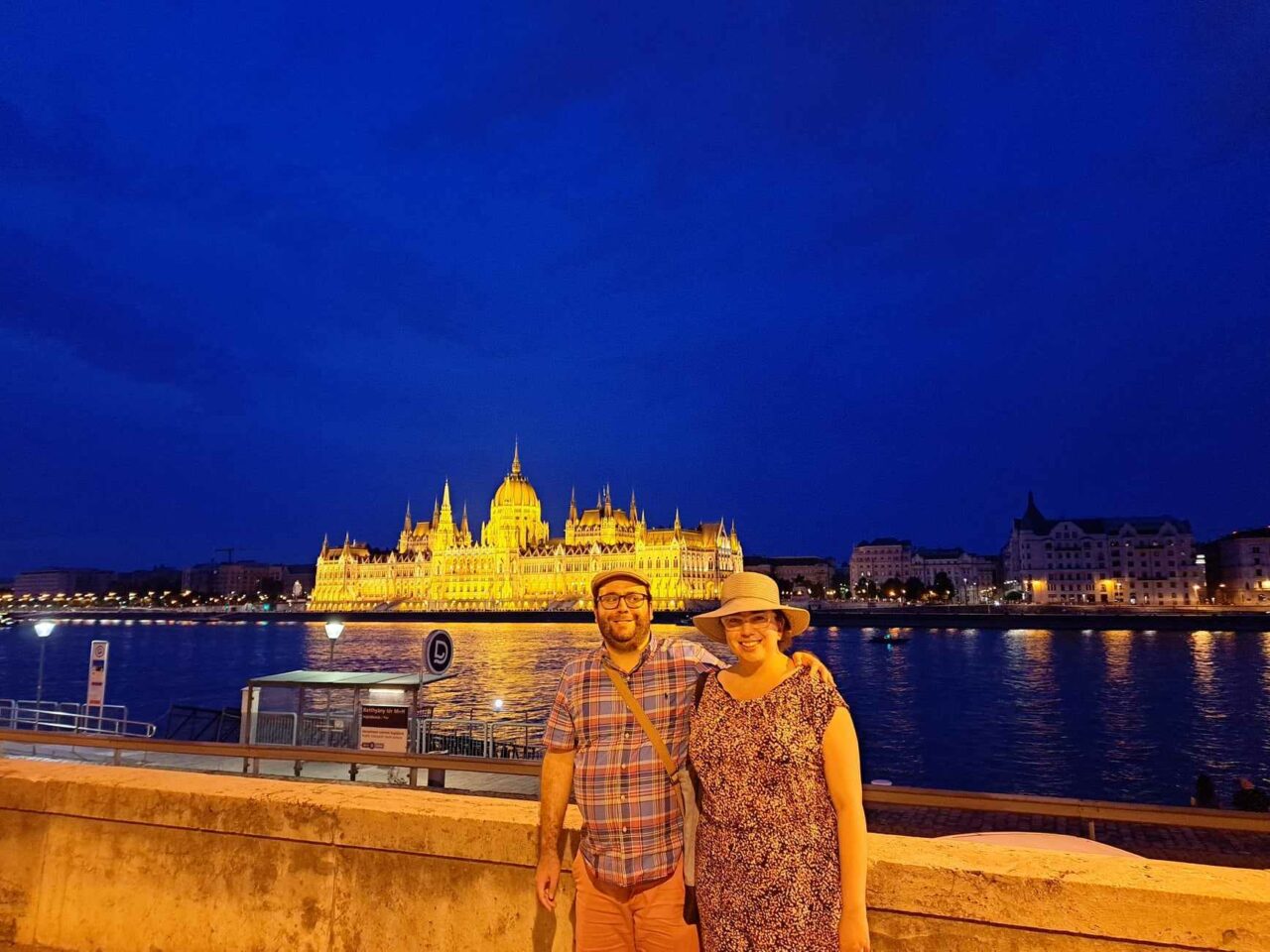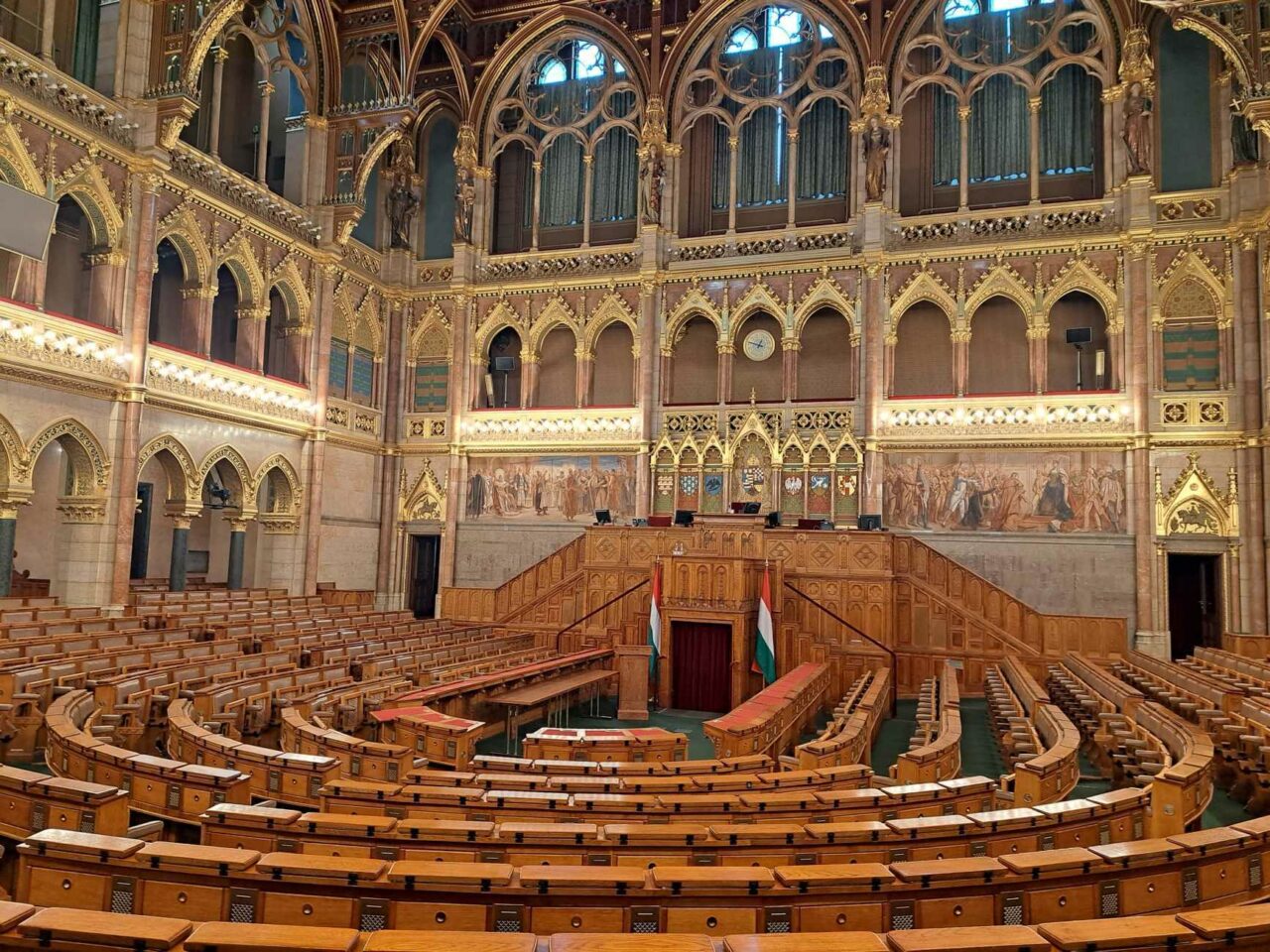Two weeks in Hungary’s capital through the eyes of a Canadian traveller

One of our readers, Samuel Dunsiger from Canada, spent two weeks in Hungary’s magnificent capital, Budapest. He kindly sent us the story of his two-week stay. Below, you may read his exact words.
When we first walked along Andrássy út (street) in Budapest, which led into the heart of the city, we immediately remarked how it was the Champs-Élysées of Hungary for its luxury boutique shops and stunning architecture.
This was during my first day in Budapest after flying here about two weeks ago from Toronto, Canada. As a freelance writer based in Canada, this was my first time travelling to Hungary’s capital. My fiancée Anya, a Master’s student studying European and Russian affairs, had arrived in Budapest two months ago for an internship and I joined her during the culmination of her time here.

That evening, we walked along the bank of the Danube, which separates the two parts of the city, until we reached the Neo-Gothic Hungarian Parliament building, which was hard to miss. We would have to wait almost a week before getting a tour inside this grandiose landmark, but the wait paid off — and you will have to wait too as I get into the Parliament building, figuratively and literally, further below.
I’ve been to parts of Northern Europe before, including Ireland, but this was my first time in Central or Eastern Europe.

As my time in Budapest progressed, we visited the stunning Szent István Bazilika (St. Stephen’s Basilica) — and enjoyed a panoramic view of the city from its dome — and walked past iconic buildings, such as the Opera House. Both places capture Renaissance and Neo-Renaissance types of architecture that Budapest is known for.
While Anya was working, I also got a glimpse of Hungary’s rich Jewish history as Budapest has one of the largest Jewish communities in Middle and Eastern Europe. Budapest is home to the Dohány Street Synagogue, the largest synagogue in Europe, which also houses the Raoul Wallenberg Memorial Park.

During our stay here, we also indulged in Budapest’s culinary classics and authentic cuisine. I couldn’t go beyond my first evening here without having a hearty bowl of goulash. But Budapest has more to offer than just goulash, which Hungary is traditionally known for, including delicious pastries such as Eszterházy torta (torte) and Somloi Galuska.
Budapest also prides itself on its café culture — rightfully so, as we were drawn to multiple cafés during our stay, many of them Parisian-style. This included Café Gerbeaud, known to be among the oldest and most famous cafés in Europe, and the luxurious New York Café, which is considered one of the most beautiful cafés in the world with its Renaissance style.
Midway through my stay in Budapest, we finally received a tour of Budapest’s Hungarian Parliament building, which was equally as stunning inside as it is outside. The interior reflects the Neo-Gothic architecture of the building, from its beautiful mosaics to the granite columns.

We suitably spent our second last evening in Budapest crossing the Danube into Buda – where we got a tour of that side of the city from a local Buda resident. In addition to showing us the sites, he also gave us insight on the ongoing rivalry between the Buda and Pest sides – as he proudly proclaimed that Buda is the better part of the city with its hilly terrains and iconic views. He backed up his views by leading us to Matthias Church in Buda’s Castle District and Fisherman’s Bastion, an iconic, Neo-Romanesque terrace that gave us a panoramic view of the entire city.
As a Canadian visiting Budapest for the first time, what struck me most was the noticeable lack of skyscrapers, of which Toronto has an abundance and which I felt has been replaced by architecturally beautiful heritage buildings in this stunning European City with such a rich history.
Living in a crowded urban city in North America, sometimes I also feel like the general lifestyle is different compared to Budapest, Hungary and other European cities. In Toronto, life seems to be more hectic and fast-paced, compared to here, where people seem to move at a calmer pace, take in their surroundings and act much more reflectively. I don’t blame them as one of my favourite pastimes during my weeks in Budapest was to sit at a café, across the street from Szent István Bazilika, enjoying a nice cup of coffee.
Overall, from the stunning architecture to the Parisian-style cafés, to walking along Andrássy út, it became clear why Budapest is known as the “Paris of the east.” It may have been our first time in Hungary’s capital but it certainly won’t be our last visiting this underrated European destination.
Author: Samuel Dunsiger
Source:






Not to diminish the value of Mr Dunsiger’s story of his visit to our capital.
Upon reading “Raoul Wallenberg Memorial Park”, I thought to myself, ‘and our Government thanks all that Wallenberg did for our people by stopping Sweden from joining NATO’, 🙁